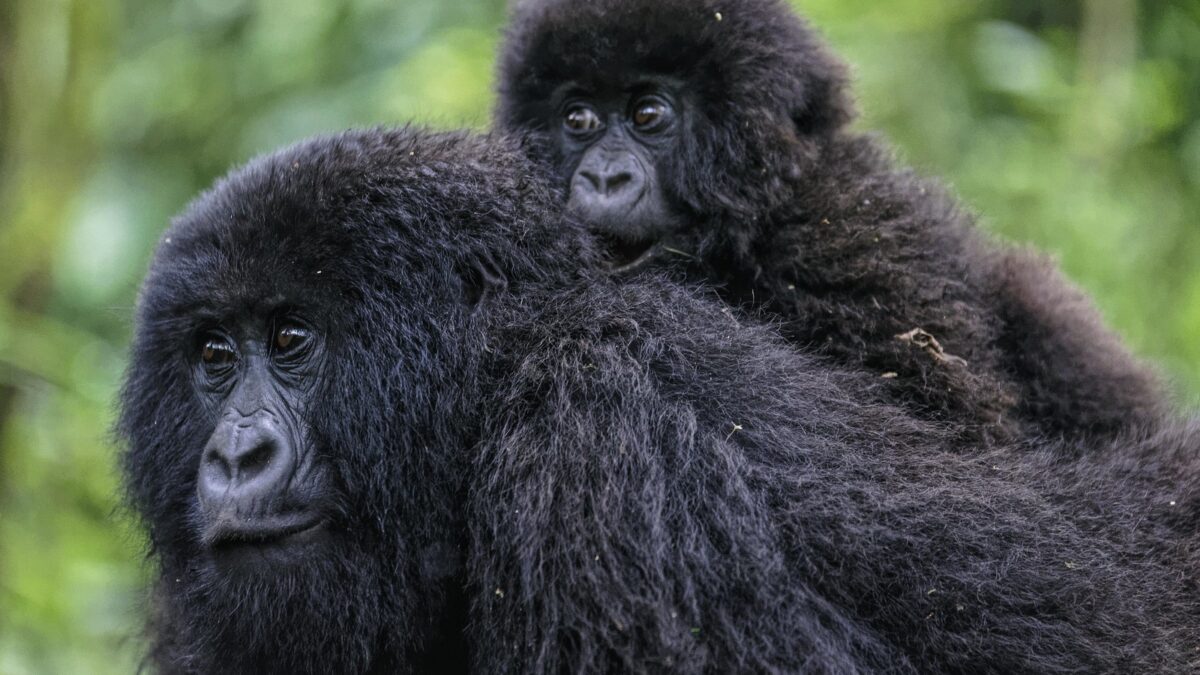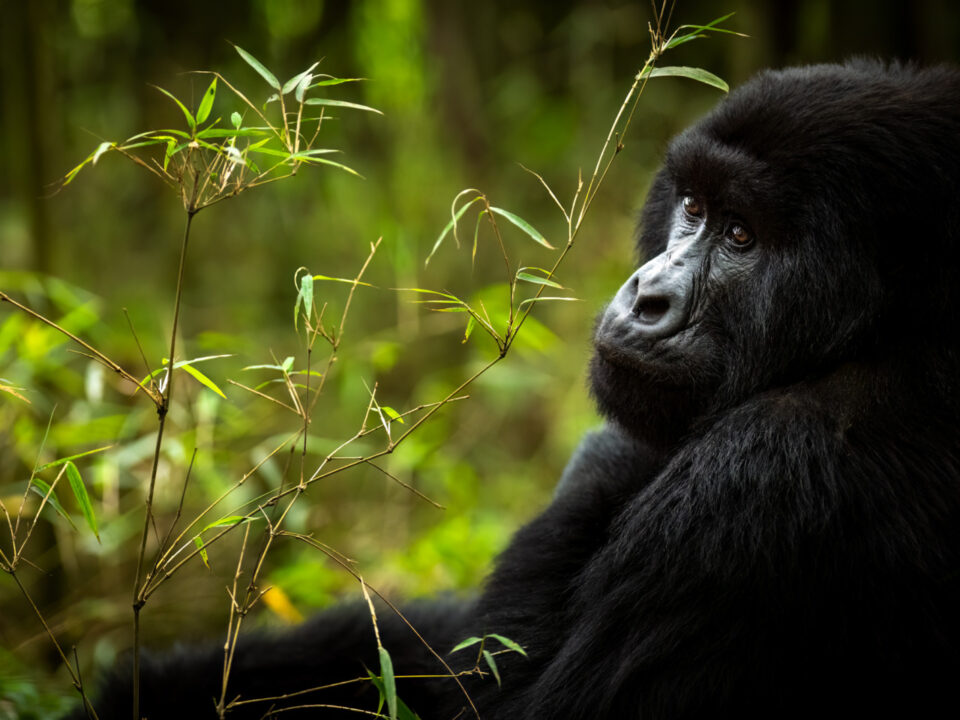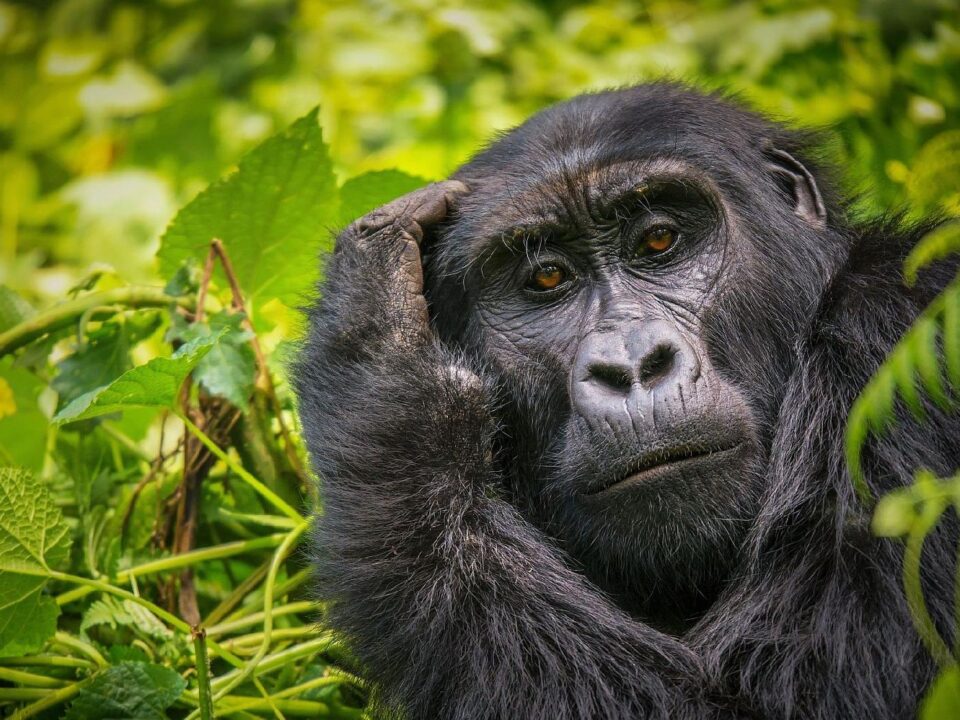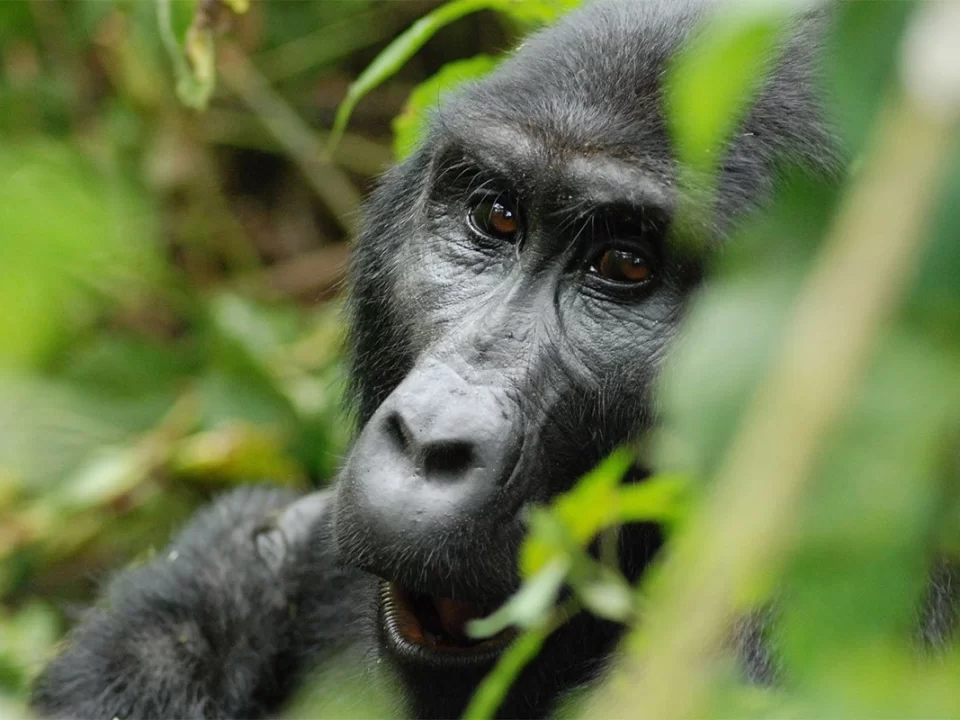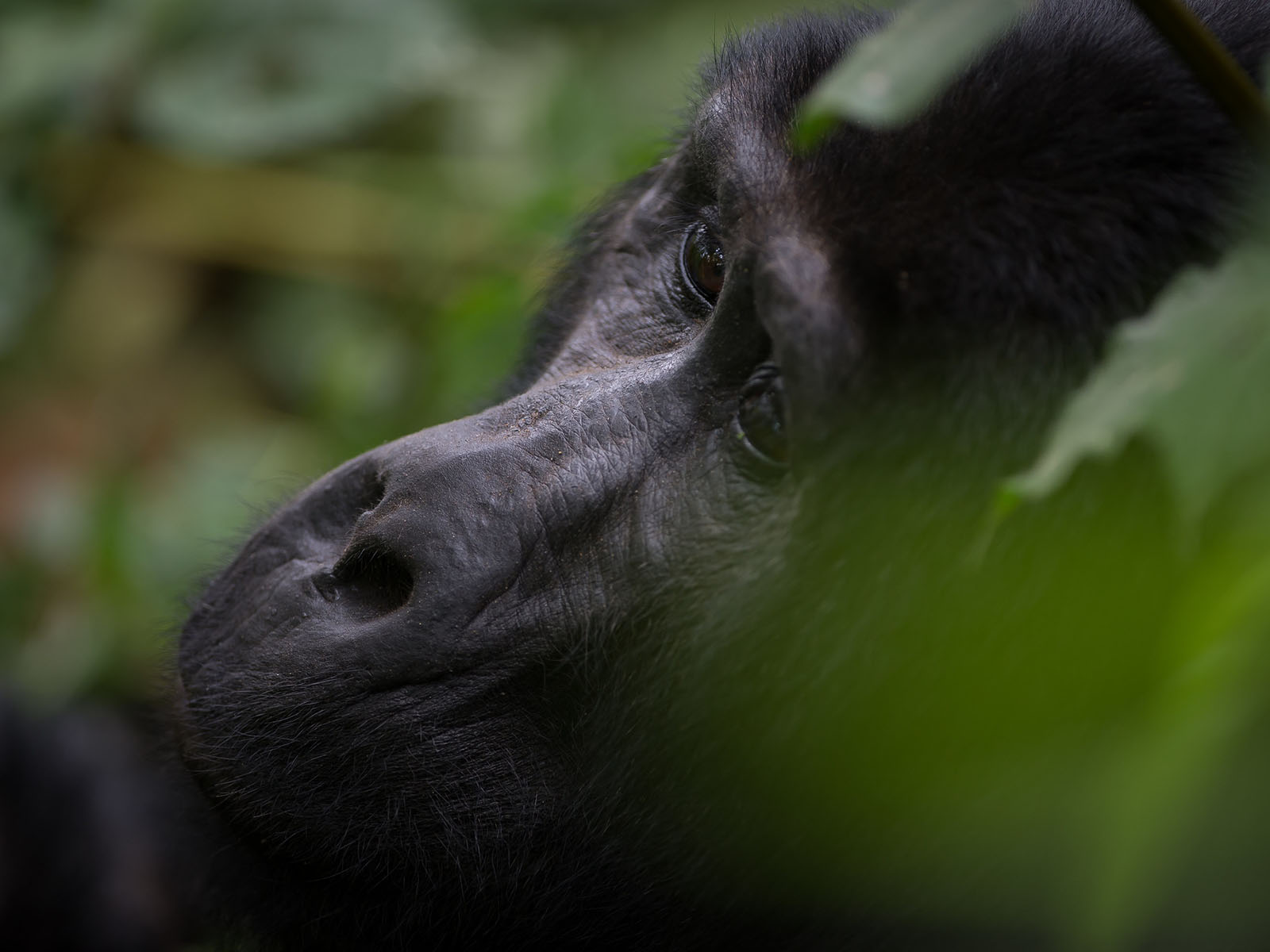
Mistakes To Avoid When Booking A Gorilla Trekking Holiday During High Season
July 31, 2023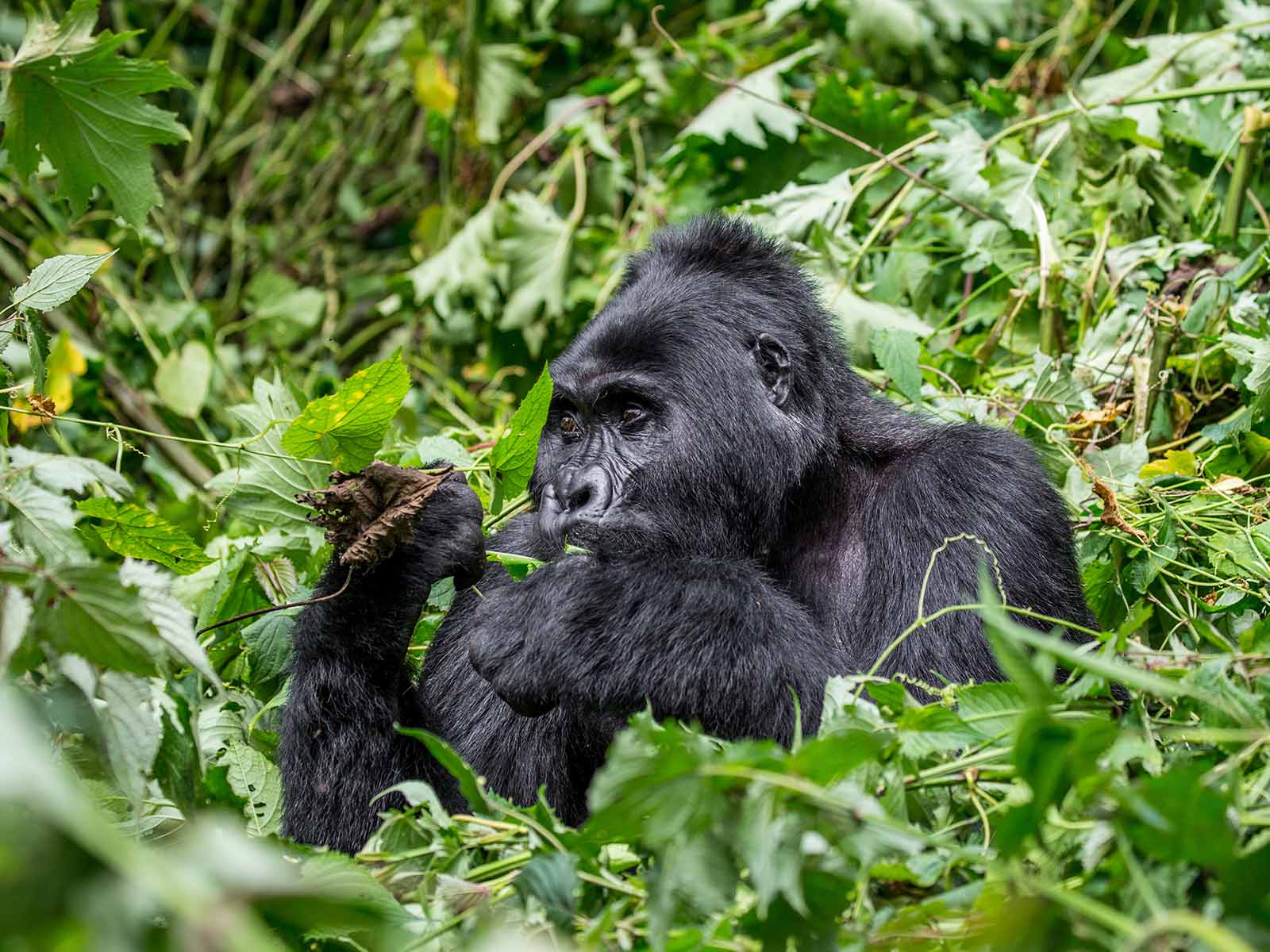
How Safe is it to Fly from Entebbe to Mgahinga National Park
August 1, 202310 Reasons Why Gorilla Trekking During Low Season is Better
While many travelers tend to avoid gorilla trekking during the low seasons of March to May and October to November due to concerns about heavy rains and challenging environments, we believe that trekking mountain gorillas during the rains actually offers numerous advantages. Below are ten compelling reasons why gorilla trekking during the low season is a better option:
1. Cheaper Flights:
With fewer travelers from Europe and America during the low season, airlines often lower their prices for flights to the region. This presents an opportunity for cost-conscious travelers to take advantage of the reduced airfares and lower overall travel expenses.
2. Discounted Accommodation and Transport:
During the low season, some lodges may close down temporarily, but those that remain open often offer discounted room rates to attract business. Additionally, transport costs significantly decrease as service providers prefer to keep their vehicles operational at lower rates rather than leaving them unused.
3. No Crowds, More Space:
Traveling during the low season means encountering fewer crowds, allowing you to enjoy services and activities with more privacy and exclusivity. Visitor centers for gorilla trekking and safari lodges will be less crowded, providing a tranquil and spacious experience.
4. Intimate Services:
In the high season, the quality of services in gorilla tourism can sometimes be affected by the large crowds. However, during the low season, locals in communities around the gorilla parks are warmer and provide more intimate and personalized service to visitors.
5. Gorilla Permits Are Available:
Securing gorilla permits during the peak season can be challenging, often requiring travelers to plan their entire journey around permit availability. In contrast, the low season offers more permit availability, allowing for easier booking and flexibility in travel dates.
6. You See More:
Traveling during the low season provides better opportunities for spotting other inhabitants and rare animals along the gorilla trekking trail. The reduced number of people and noise levels allows wildlife to come out into the open, providing excellent opportunities for wildlife photography.
7. Better Local Connections:
During the low season, locals are less occupied with tourism business, making them more open and receptive to interacting with visitors. This creates a perfect opportunity for travelers to learn about the local culture and heritage.
8. The Weather is Not That Bad:
Despite the perception that April and May might bring intense downpours, the rainy spells are usually short-lived, leaving the rest of the day with pleasant and bright conditions. The low season also avoids the intense heat of the dry season, making gorilla trekking more comfortable.
9. You Are Less Rushed:
In the high season, there can be a rush to find the best positions for watching gorillas, leading to a somewhat hectic experience. During the low season, with fewer tourists on the trail, guides can focus on accommodating your pace and preferences, allowing for a more relaxed and enjoyable trek.
10. The Gorillas Are Near:
In the rainy season, mountain gorillas stay at lower slopes near the buffer zone where there is plenty of fruit. This means that trekking distances are shorter during the low season, saving time and energy while increasing the chances of encountering gorilla families.
Booking Your Gorilla Trekking Safari in Low Season
Trek Africa Expeditions provides excellent tour operator services throughout the year, including the low season. They can secure good rates on accommodation and transportation while also arranging gorilla trekking permits in Uganda and Rwanda, even for travelers on a budget. To plan your gorilla trekking experience during the low season, you can contact them at info@trekafricatours.com for a low-budget quote.

